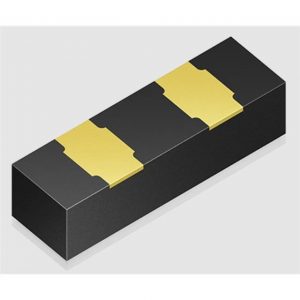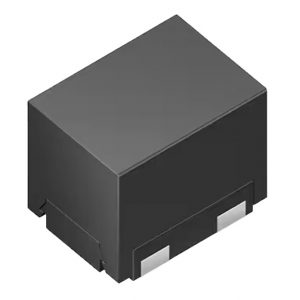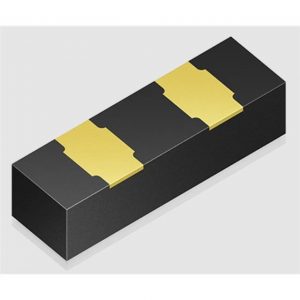Thermistors vs RTDs: A Comparative Look
Temperature sensing is a critical aspect of many industrial and electronic applications. Two commonly used temperature-sensing devices are Thermistors and Resistance Temperature Detectors (RTDs). While both serve the same fundamental purpose of measuring temperature, they have distinct characteristics that make them suitable for different scenarios.
Thermistors:
Thermistors, short for “thermal resistors,” are semiconductor devices that exhibit a significant change in resistance with temperature variations. There are two main types of thermistors: Positive Temperature Coefficient (PTC) and Negative Temperature Coefficient (NTC). PTC thermistors experience an increase in resistance with rising temperatures, while NTC thermistors exhibit the opposite behavior.
Advantages of Thermistors:
High Sensitivity: Thermistors offer high sensitivity to temperature changes, making them suitable for applications requiring precise temperature control.
Compact Size: These devices are often small and compact, allowing for integration into space-constrained environments.
Cost-Effective: Thermistors are generally more cost-effective than some alternative temperature sensing technologies.
Applications of Thermistors:
Temperature Compensation: Used in electronic circuits to compensate for temperature-induced changes in component characteristics.
Temperature Control Systems: Employed in devices like thermostats and temperature controllers for accurate temperature regulation.
Resistance Temperature Detectors (RTDs):
RTDs are temperature sensors that operate on the principle of the predictable change in electrical resistance with temperature. Typically made of pure metals like platinum, RTDs provide a linear response to temperature changes over a wide range.
Advantages of RTDs:
High Accuracy: RTDs offer high accuracy and stability over a broad temperature range, making them suitable for precision applications.
Long-Term Stability: RTDs exhibit excellent long-term stability, ensuring reliable and consistent temperature measurements.
Wide Temperature Range: RTDs can measure temperatures from well below freezing to several hundred degrees Celsius.
Applications of RTDs:
Industrial Process Control: RTDs are commonly used in industrial settings for monitoring and controlling temperature in processes such as manufacturing and chemical production.
Medical Equipment: RTDs are utilized in medical devices where precise temperature measurements are critical, such as incubators and sterilization equipment.
Conclusion:
In summary, both thermistors and RTDs play vital roles in temperature sensing, each with its unique strengths. The choice between them depends on the specific requirements of the application, including factors such as accuracy, sensitivity, cost, and the temperature range of operation. Understanding the characteristics of each device allows engineers and designers to make informed decisions when selecting the most suitable temperature-sensing solution for their particular needs.


 2023-12-15
2023-12-15 




